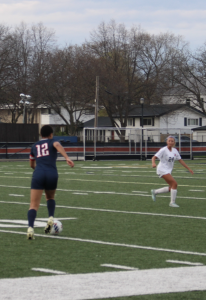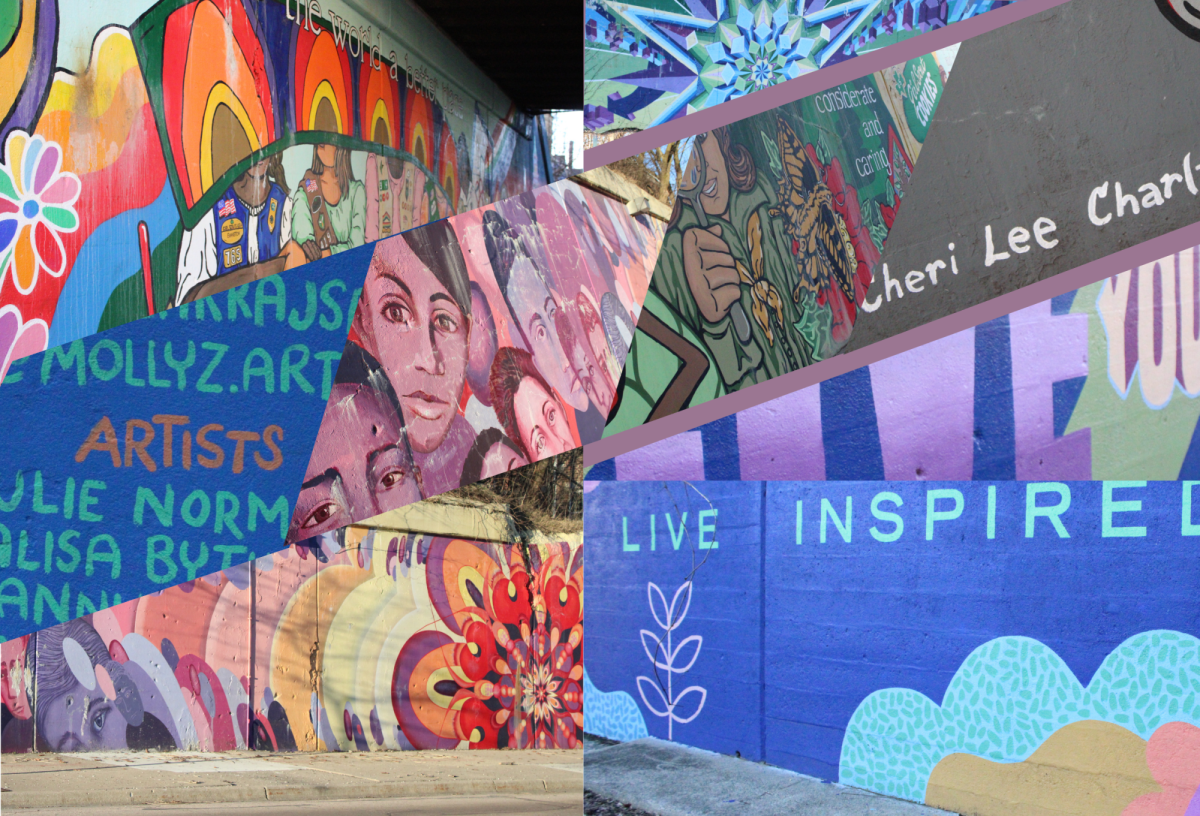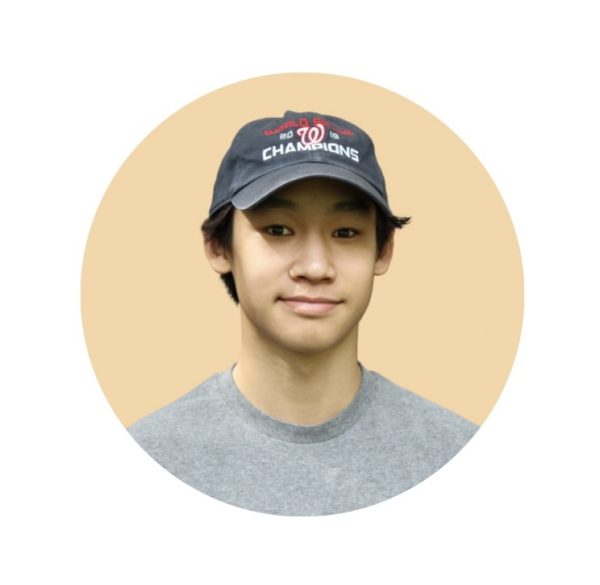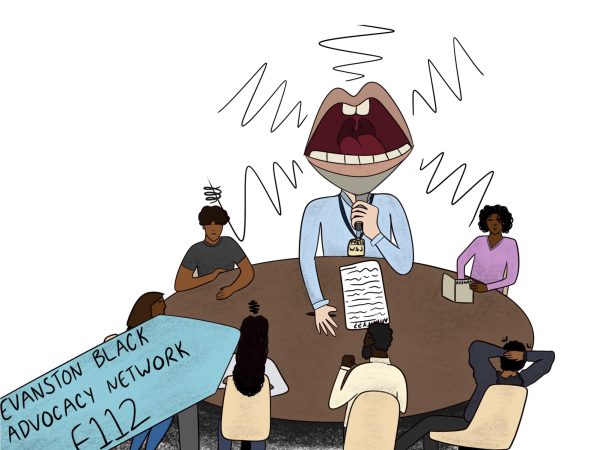Stop blindly praising ETHS for its diversity
October 5, 2016
Stop blindly praising ETHS for its diversity.
It is common practice for an Evanston resident, particularly white people, to gush about diversity, but this display of tolerance only masks the inequity in our school districts. It’s great that ETHS includes students on all points on the spectrums of race, class, and gender, but what those students actually experience must be the greater concern.
Students and educators find that classes with students of diverse backgrounds are more successful, which is represented by earned and mixed honors programs. More student voices are heard, and interaction between students can happen that would not otherwise.
Yet, many students in AP classes rail against earned honors programs, complaining that the pace of the courses is too slow and it doesn’t look good on college apps. They fail to recognize that the earned honors program is the first step towards tangible diversity in our school. Students tend to stay in their comfort zones, and unless they are placed in these types of classes, they will not be exposed to students of different creeds, abilities, and backgrounds.
Increasing diversity in practice over technical diversity requires action and a shift in perspective for both students and members of faculty. Apart from the initiatives taken by both administration and student groups, the first step to be taken by the community is to support earned and mixed honors classes. Their continued implementation and expansion should be encouraged; if we can end controversy surrounding these classes we might not only see more honors classes adopt this model, but the mixing of AP classes as well.
A student’s education should teach them to question and challenge the structures of the system. If ETHS students of ETHS are to address broad and abstract social, economic, and political issues, we must have a basic understanding and compassion for each other. Each individual should resolve to take action in his or her life to engage in the practice of diversity, instead of lauding it as an abstract concept. We have an obligation as much as the administration does to find solutions to the gap between students in our classes and activities.














Jaime Berkovich • Oct 6, 2016 at 11:27 pm
Stay woke ?